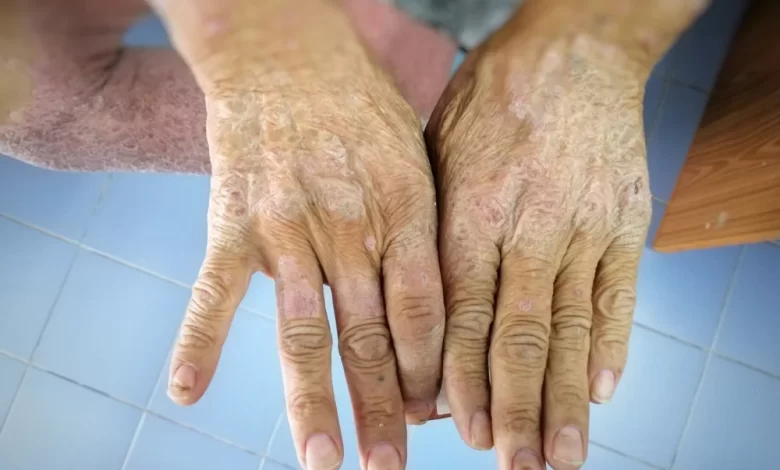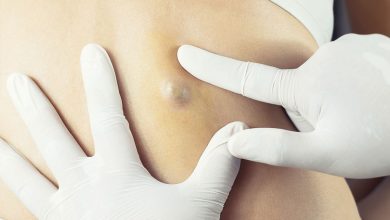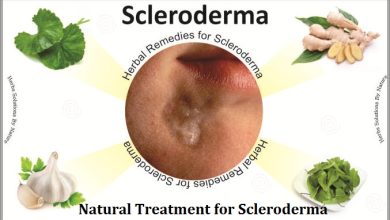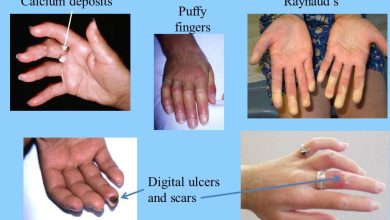World Scleroderma Day: raising awareness
Its course can vary, ranging from minor nuisance symptoms to severe multifaceted disease.

June 29th is World Scleroderma Day each year. Its objective is to increase public knowledge of the illness, its signs, and available therapies. A uncommon, chronic, inflammatory connective tissue disease called scleroderma leads to an accumulation of extra collagen. Its progression can differ from person to person, from mild bothersome symptoms to a serious, complicated illness. Experimental treatments are being developed in addition to the available choices for treatment at this time.
The main characteristics of scleroderma include skin thickening and organ-wide fibrosis. Fatigue, arthralgia, myalgia, and the Raynaud phenomenon—a reduced blood supply to the fingers that causes coldness or numbness, which can occasionally also affect other regions of the body—are just a few of the symptoms that might occur from it affecting blood vessels and tissue throughout the body. Skin, lungs, heart, kidneys, and gastrointestinal tract can all be affected by scleroderma.
Malnutrition is a common symptom due to diminished nutrient absorption
There is currently no known cure for scleroderma, although there are a number of authorized medications that can help manage the symptoms, including as bosentan, nintedanib, and tocilizumab. Although there are currently additional therapeutic options under development, a patient’s lifestyle can also affect the course of their illness. The prevention of chronic diseases and general health can be greatly influenced by lifestyle decisions. A healthy body weight can be maintained and appropriate growth, development, and aging can be supported by diet and exercise. Patients with scleroderma frequently experience malnutrition, which can be brought on by reduced food absorption as a result of gastrointestinal issues.
There are now experimental treatments being developed for scleroderma in addition to lifestyle modifications. A first-in-class humanized monoclonal antibody called CM-101 from Chemomab Therapeutics is one possible therapeutic that is presently being developed. The FDA has given Paracrine Inc. permission to carry out a pivotal study utilizing adipose-derived regenerative cells to treat patients with diffuse cutaneous scleroderma for hand impairment.
Additionally crucial is an early scleroderma diagnosis. Following a diagnosis, patients can start on a course of treatment and make lifestyle adjustments that will help them manage their pain and symptoms. There are numerous physical examinations and diagnostic techniques to identify scleroderma. Physical examinations can assist identify distinctive disease indicators, such as skin thickness, particularly on the hands and face. Blood tests, skin biopsies, imaging, lung function tests, and nail fold capillaroscopies are among the diagnostic procedures that are required.
A major focus of World Scleroderma Day is promoting knowledge of the condition’s symptoms and potential treatments. By doing so, individuals will be better able to decide whether to seek medical attention and what options are available.



